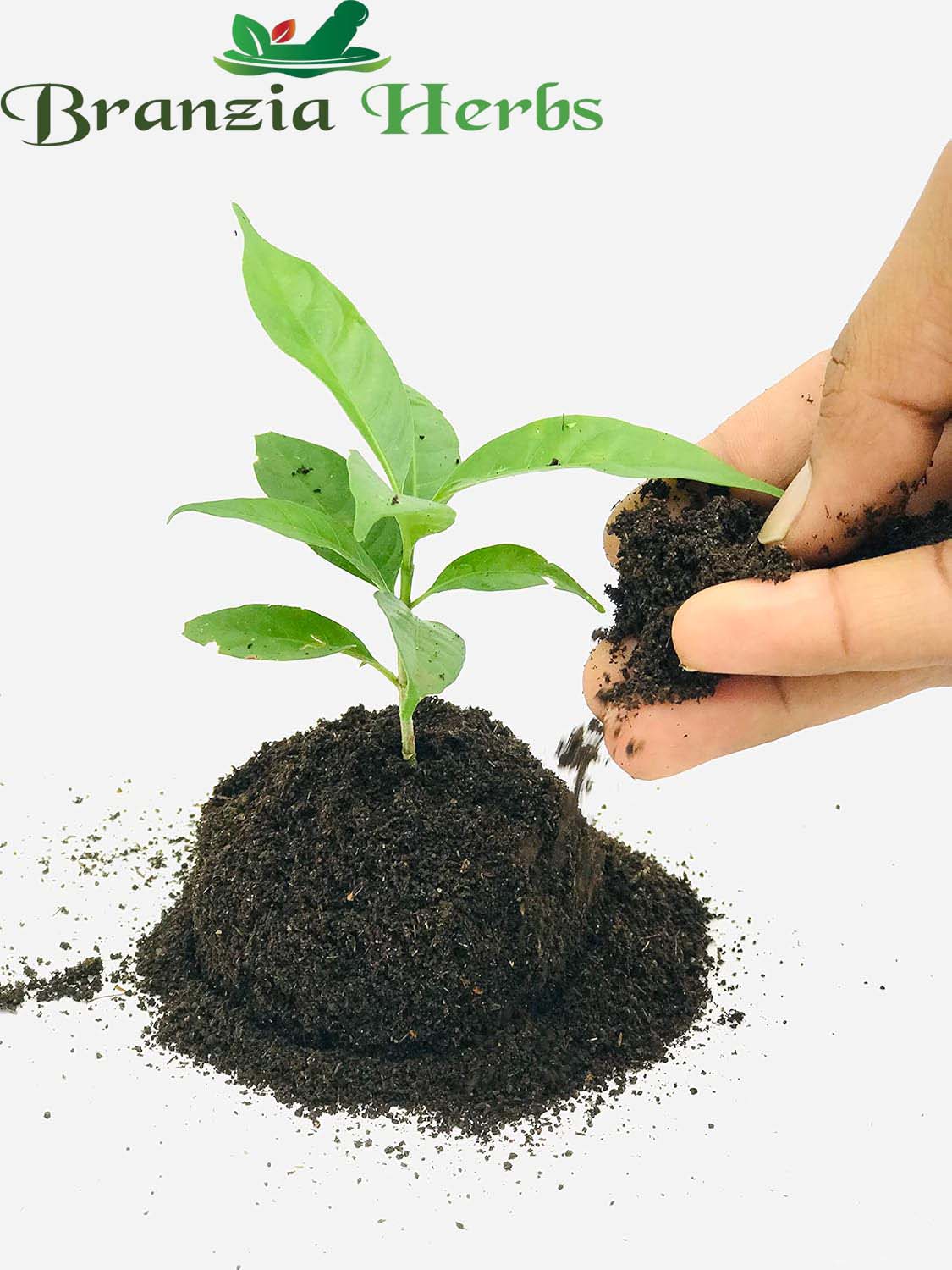Description: Sumac is a spice derived from the dried and ground berries of the sumac plant, primarily Rhus coriaria. Known for its vibrant red color and tangy, lemony flavor, sumac is a key ingredient in Middle Eastern and Mediterranean cuisines. It adds a distinctive sourness and depth to a variety of dishes.
Key Features:
-
Appearance:
-
Powder: Bright red to deep burgundy with a fine, granular texture.
-
Berries (Whole): Small, reddish-brown clusters that are dried and ground into a powder.
-
Texture:
-
Powder: Fine and somewhat gritty. Can be easily mixed into dishes or used as a seasoning.
-
Aroma: Tangy and fruity with citrus-like notes. The aroma is fresh and slightly sour.
-
Flavor: Tart and tangy with a lemony zest. Adds a sour flavor that can brighten up dishes and balance richer, heavier flavors.
Uses:
-
Culinary:
-
Seasoning: Commonly used in Middle Eastern and Mediterranean dishes. Perfect for seasoning meats, salads, vegetables, and rice.
-
Cooking: Can be sprinkled on dishes as a finishing touch or incorporated into marinades, dressings, and sauces.
-
Blending: Often used in spice blends and rubs, such as za'atar, and in recipes to add a unique tangy flavor.
-
Food Manufacturing: Utilized in prepared foods, sauces, and seasoning blends to provide a distinct sour note and vibrant color.
Benefits:
-
Flavor Enhancement: Offers a unique tangy flavor that can brighten and enhance the taste of various dishes.
-
Versatility: Suitable for a wide range of culinary applications, from traditional Middle Eastern dishes to contemporary recipes.
-
Color and Aroma: Adds vibrant color and a fresh, citrusy aroma to dishes.
Storage:
-
Packaging: Store in an airtight container in a cool, dry place away from light and moisture to maintain flavor and potency.
-
Bulk Storage: For wholesale purposes, ensure that packaging is robust and designed to preserve the quality of the sumac powder or berries over time




